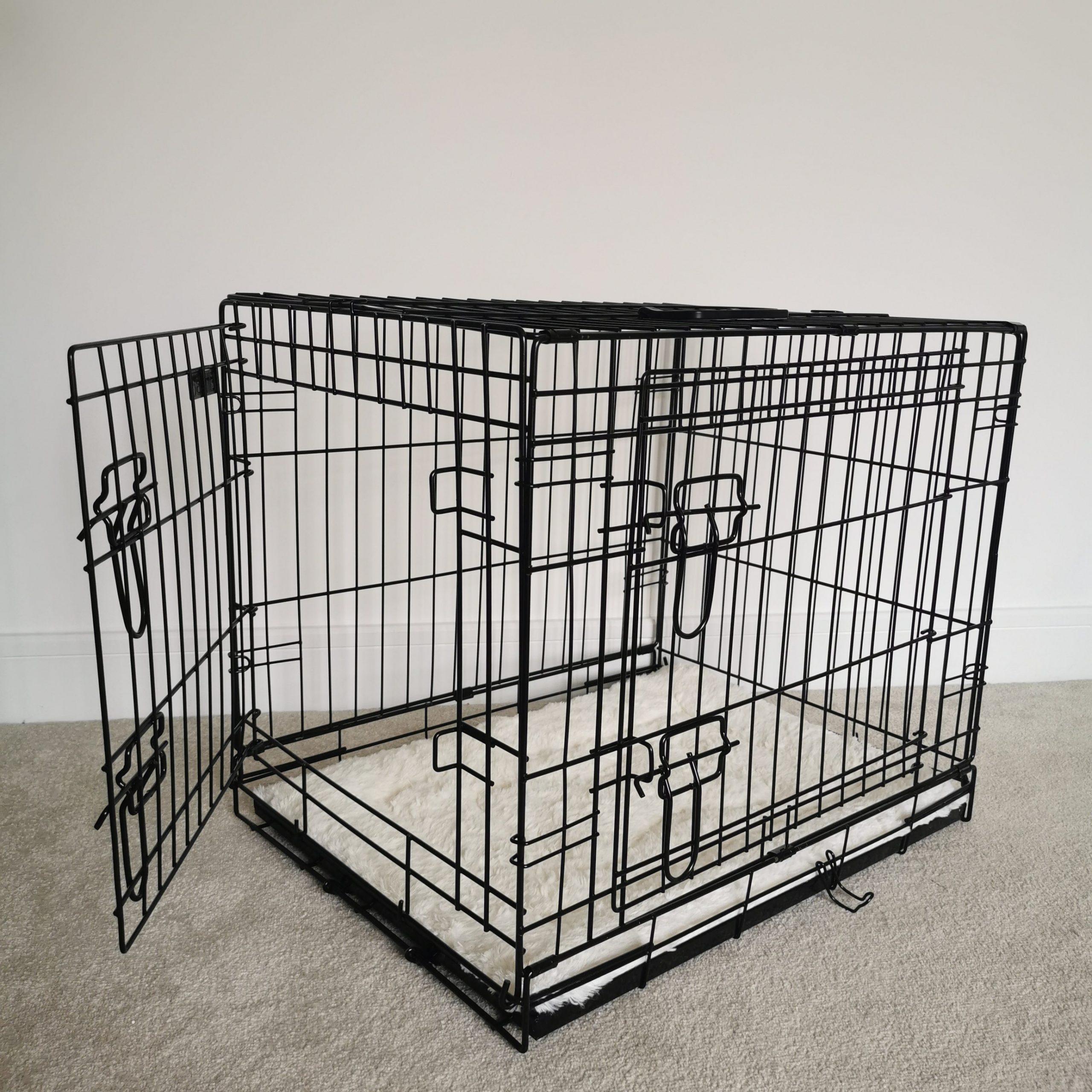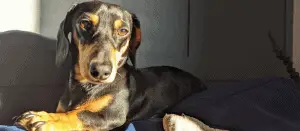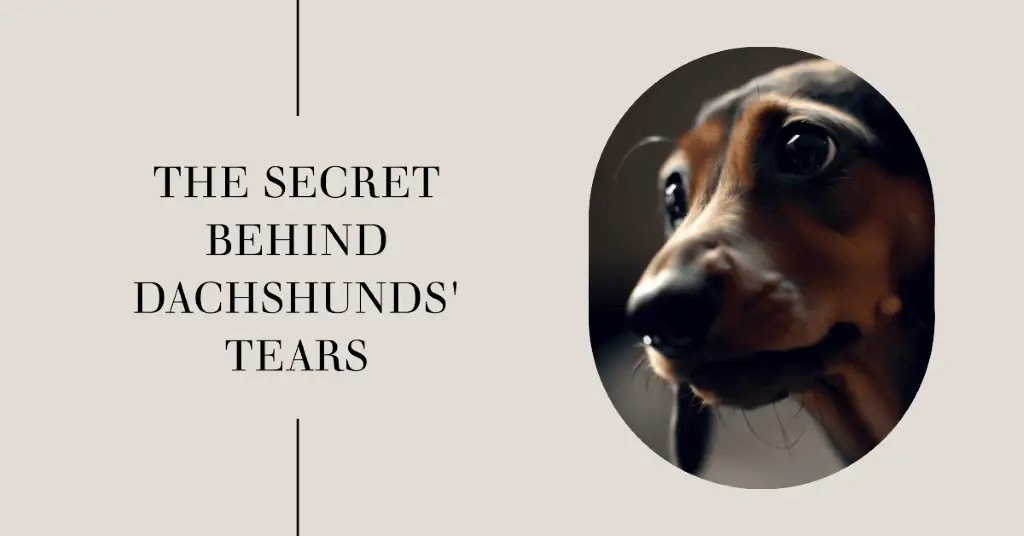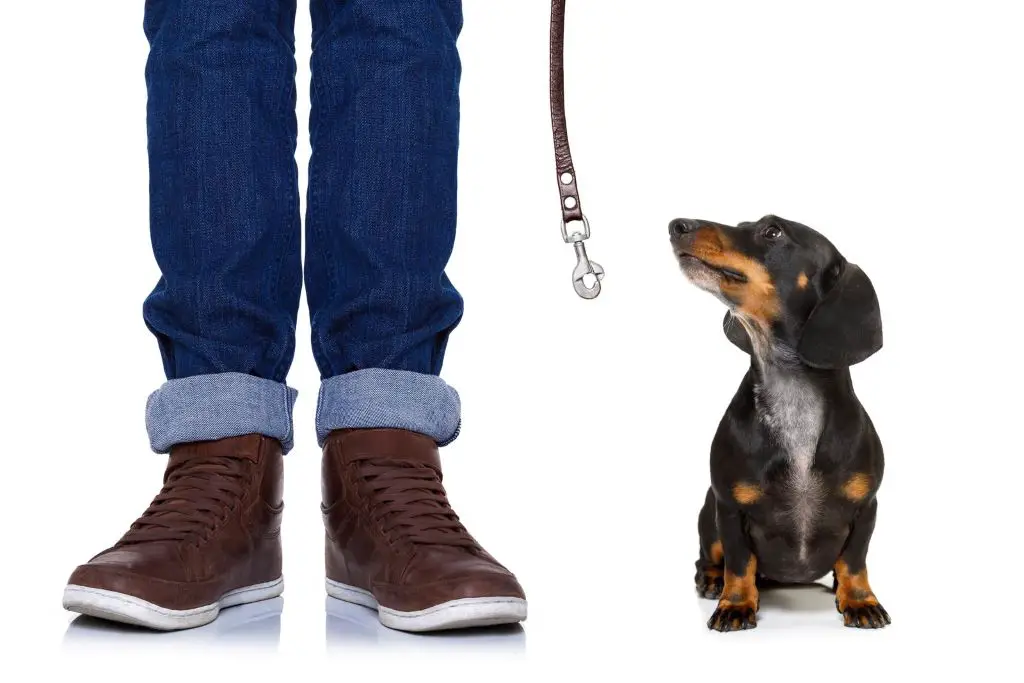Warning: Trying to access array offset on value of type bool in /home/u778996160/domains/dachshundtalk.com/public_html/wp-content/plugins/wp-word-count/public/class-wpwc-public.php on line 123
Warning: Trying to access array offset on value of type bool in /home/u778996160/domains/dachshundtalk.com/public_html/wp-content/plugins/wp-word-count/public/class-wpwc-public.php on line 123
As with most breeds, Dachshunds have breed specific health issues that all owners and prospecting owners should be aware of. This article will go over the four most common Dachshund health problems; some of which can unfortunately be unavoidable, whilst there are some, with good breeding, can be eliminated from the dachshund population.
1. Intervertebral Disc Disease (IVDD)
IVDD is one of the most common dachshund health problems, occurring in 1 in 4 dachshunds. IVDD effects the discs in the spine, causing them to calcify, leading to pain in the back and neck, hind limb weakness or paralysis and urinary incontinence. There are treatments available for IVDD, but recovery is a long process and there is no guarantee they won’t be effected again. However there are preventative measures you, as an owner, or breeder, can take to help reduce the risk of your Dachshund suffering from IVDD.
IVDD Cause
Dachshunds are not actually long bodied dogs, but in fact have a type of dwarfism that effects their legs. The genes that cause this dwarfism are thought to cause changes in their shock absorbing discs in their spinal cord. Over time these discs can become calcified, causing them to become stiff and inelastic. This is a type of degenerative disease which can eventually lead to disc prolapse.
Preventing IVDD
Whilst there is an underlying genetic cause for IVDD, there are lifestyle changes you can make to help reduce the risks of your dachshund suffering from IVDD.
Lifestyle Changes
You must ask yourself ‘How can I protect my Dachshunds back and avoid one of the most common Dachshund health problems?’. Lets start with the basics of picking up your Dachshund, always support the front and back end of your Dachshund, never pick them up from around their bellies and never pick them up just under their front legs so their backs dangle down.
Secondly, ramps, place ramps anywhere slightly higher up that your dachshund is allowed on, for example, a ramp to the sofa or bed and even from the back door to the garden if you have a large step down. There of course will be times when you cannot catch them in time and they do jump down, but try to avoid it as much as possible.
Thirdly, avoid them running down the stairs, there are some articles that suggest going up stairs can help strengthen their back muscles, but for complete prevention, get a stair gate and carry them if they need to go up and down stairs.
Finally, ensure your Dachshund is not overweight, any added weight will contribute to IVDD by adding extra pressure on their spine. By keeping your Dachshund to a healthy weight, this will also help avoid other common Dachshund health problems.
Breeding and IVDD
In some countries there are enforced tests that must be done to be able to breed from your Dachshund and have registered pups, unfortunately there are no regulations on this in the UK. It is possible to have screening x-rays on your dachshund, if they are over the age of three, to identify the number and severity of any calcified discs. If this number is high breeding should be avoided from this Dachshund. This data is not mandatory in the UK, it is worth asking if the breeder has done this test anyway, or at least if there has been any family history of IVDD.
Treating IVDD
As IVDD is one of the most common dachshund health problems, there are now excellent treatments available. Diagnosis often requires x-rays or MRI scans. Once the diagnosis is confirmed the first point of call is usually prolonged crate rest (6-8 weeks), with anti-inflammatory medication, to see if symptoms improve. It is one of the reasons crate training your Dachshund as a puppy is highly recommended.

If this method is unsuccessful, or the condition is more severe, surgery will be required to remove the calcified disc. After surgery there is a long rehabilitation course, your vet will recommend the best one for your dog, rehabilitation often includes hydrotherapy or acupuncture. Overall the diagnosis, treatment and rehabilitation for IVDD is incredibly expensive, costing upwards for £8000-£10,000, so please ensure you select an insurance plan that covers this type of treatment, condition and cost. Bought By Many is one of the most common insurers among dachshund owners in the UK.
Please note this articles purpose is to provide an overview, not veterinary advice, please consult a vet if you have any concerns over your Dachshund.
2. Progressive Retinal Atrophy (PRA)
Moving onto another of the dachshund health problems, PRA, fortunately this one is entirely avoidable. PRA is a genetic degenerative disease effecting the eyes (retina) leading to the loss of vision. The most common form of this disease is caused by the recessive gene Cord1-PRA, this gene is breed specific, effecting Miniature Dachshunds and English Springer Spaniels.
Testing for PRA
As this condition is hereditary (can only be passed on from parents), PRA can and should be avoided. There is a genetic test that should be carried out before breeding Miniature Dachshunds that can identify their PRA status: clear, carrier or affected. Ensure you ask the breeder for the parent dachshunds Cord1-PRA status, ideally this should be PRA clear and not a carrier or affected, this information should also be placed on the pups KC certificate.
3. Lafora
Whilst Lafora Disease is one of the common dachshund health problems, it only has a high prevalence in the Miniature Wirehaired Dachshund population. This disease is caused by another recessive gene, causing late onset progressive epilepsy.
Lafora Symptoms
Lafora is a late onset disease, meaning symptoms do not show until later in life, research suggests the average age for onset of clinical symptoms is 6.9 years. Clinical symptoms include myoclonus (sudden jerking) which is either spontaneous or caused by a trigger. Other less common symptoms include focal seizures, panic attacks, impaired vision, aggression and urinary incontinence.
Treatment for Lafora
Once diagnosis has been confirmed, usually by identifying lafora bodies found in biopsies of the the liver, muscle or nerve your vet can suggest the best treatment options. This may include:
- Dietary changes, feeding a diet that has low glycemic index can be beneficial to dogs suffering seizures, Avoiding sugary treats can also help.
- Medication
- Avoiding known seizure triggers. As harsh light is often a trigger which is difficult to avoid, doggie sunglasses/goggles can be purchased to help.
4. Colour Dilution Alopecia (CDA)
The final most common dachshund health problem this article will cover is CDA. This condition itself doesn’t directly cause any health conditions except hair loss. The loss of hair can increase the chance of skin cancer and bacterial infections. CDA is specific to coat colours, for example the blue or fawn dilute colours. Dilute colour dachshunds are often described as ‘rare’ or ‘desirable’ colours, listing them as ‘blue’, ‘lilac’, ‘silver’ or ‘isabella’, these colours should be avoided.
CDA Symptoms
CDA often first presents as dry flaky skin, with patchy hair loss. The dilute gene causes the hair follicle to become brittle, causing it to break easily, this means hair regrowth isn’t easily achieved, the worst effected can become completely bald.
Breeding with CDA
Most trusted breeders will not breed dilute colours, besure to see both parent Dachshunds to ensure neither is a dilute colour. If you see an advertisement listing ‘rare colour Dachshunds’ avoid using this breeder, these ‘rare’ colours are not recognised by the Kennel Club.
This article serves solely as an overview for these conditions, seek immediate veterinary advice if you suspect your Dachshund is experiencing any health problems.
References for this article
Lafora disease in miniature Wirehaired Dachshunds
Color-dilution alopecia in dogs








